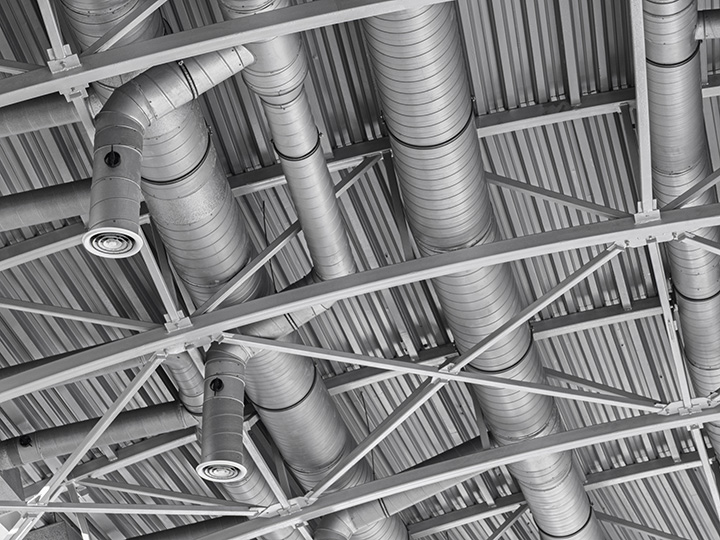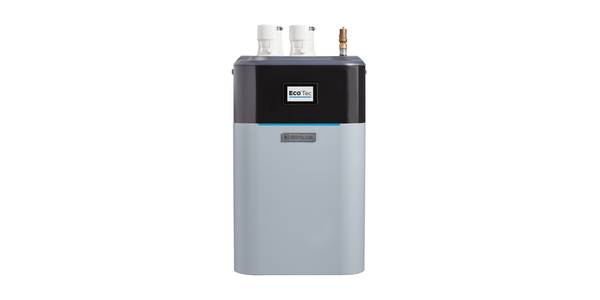
With the pandemic stage of COVID-19 thankfully over, I am amazed how indoor air quality has transformed from something my colleagues and I at SMACNA were invested in, to something that has become part of the public’s consciousness. In fact, 60 Minutes recently aired an entire segment about it. That seemed improbable a few years ago.
During my term as president of SMACNA, I saw IAQ education as paramount not only for the public, but for our members and the industry at large. I made education a priority as the world was coming out of the COVID-19 pandemic and we were adjusting to the “new normal.”
Proper indoor air quality was – and still – needs to be part of the equation for any indoor environment.
I’m proud to say that the team at SMACNA and various industry partners have made progress in the IAQ space. Poor indoor air quality is one of the Top 5 environmental risks to public health according to the EPA’s Science Advisory Board. The public health aspect includes more than just pathogen reduction, it also includes outdoor pollutants, like wildfire smoke. The Canadian wildfires and subsequent blankets of smoke across the Northeast this fall proved that IAQ needs to be all-encompassing everywhere. Gone are the days when Californians only needed to worry about wildfire smoke inhalation indoors. After all, that type of exposure to air pollutants can be two to five times worse indoors than outdoors when an HVAC system is underperforming or ventilation is poor.
As we gear up for 2024, one of the most pressing concerns in IAQ is school buildings. 41% of school districts need to update or replace their HVAC system in at least half of their schools, according to the U.S. Government Accountability Office. We have the standards needed to make things right. For example, the EPA places indoor humidity goals between 30%–50%, the sweet spot of avoiding mold growth and keeping pathogen travel distances low.
Setting carbon dioxide concentration levels is also key for schools. Our partners at The American Society of Heating, Refrigerating and Air-Conditioning Engineers recommend that CO2 levels stay below 700 parts per million. The unfortunate reality is many classrooms are above that level. Studies have shown that a build up above 2,000 PPM can alter a student’s cognitive abilities and attention span.
For HVAC professionals, there is an opportunity to help schools and dissuade budgetary fears by pointing to a variety of funding opportunities available including the American Rescue Plan, the Bipartisan Infrastructure Act and the Inflation Reduction Act.
To help further the IAQ education efforts, SMACNA debuted WeAreWhatWeBreathe.com, a website designed to raise public awareness for indoor air pollution and how IAQ improvements can help improve occupants’ health. This site is a great resource for visitors to explore how ventilation, airflow and indoor air quality impact schools, homes and office settings.
Indoor air quality improvements can be overwhelming to clients and it is important to helpfully guide them through every step in the process. For most, the first step is undertaking a ventilation verification assessment. The physical assessment of a building’s HVAC system and infrastructure will include testing for maximum filtration efficiency, outside air delivery rate and verifying carbon dioxide concentrations. Trained technicians can then make proper recommendations based on the results.
I’m heartened that indoor air quality has reached the public’s consciousness and has become an increasingly important part of HVAC design and management. The future for the field is bright and I know that myself, along with the team of SMACNA, will continue to follow the latest developments and share those learnings. At the end of the day, better indoor air is something that involves the professional HVAC community and our clients working together.
Tony Kocurek is owner of Energy Balance & Integration, LLC and former president of SMACNA.


